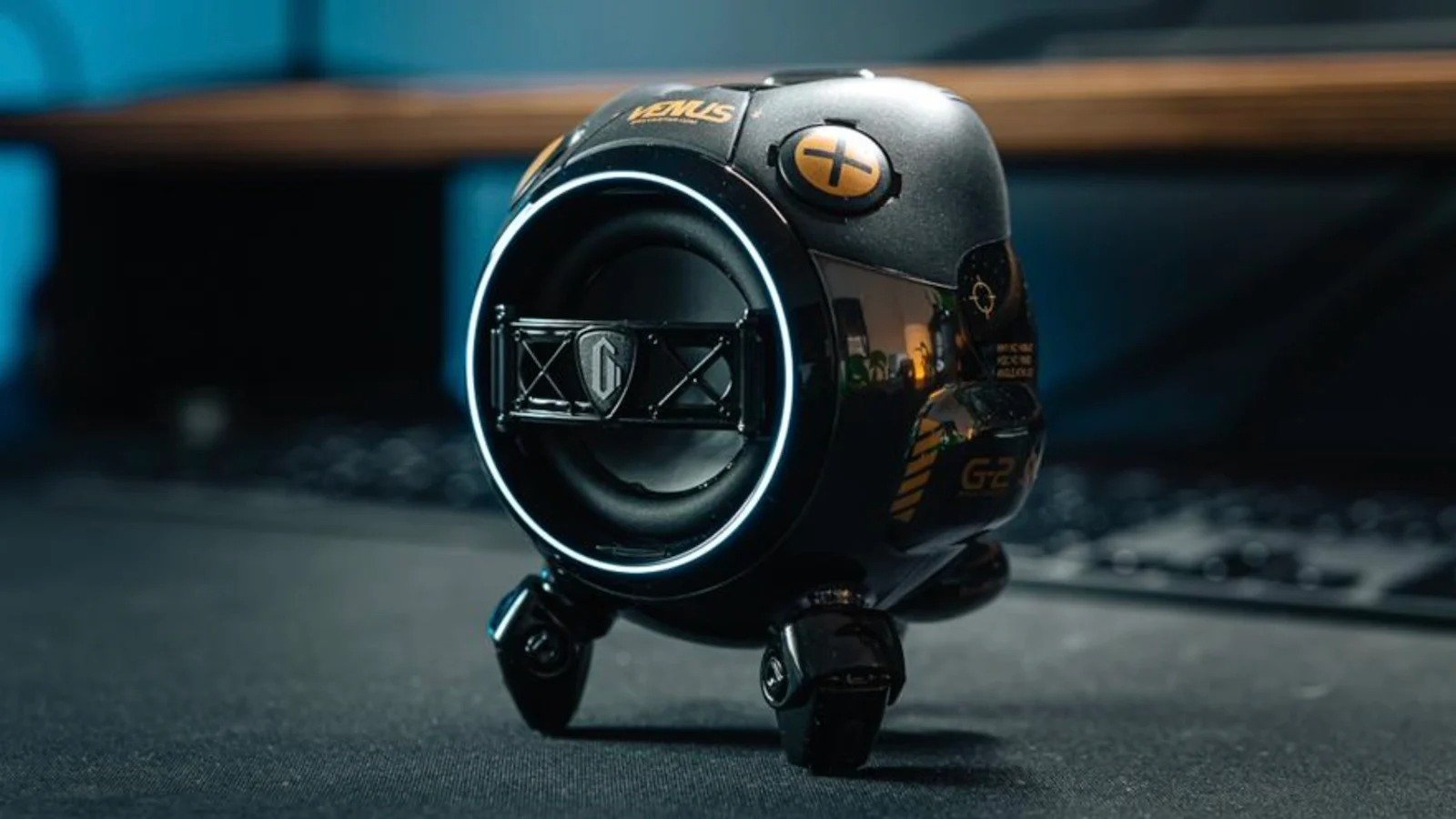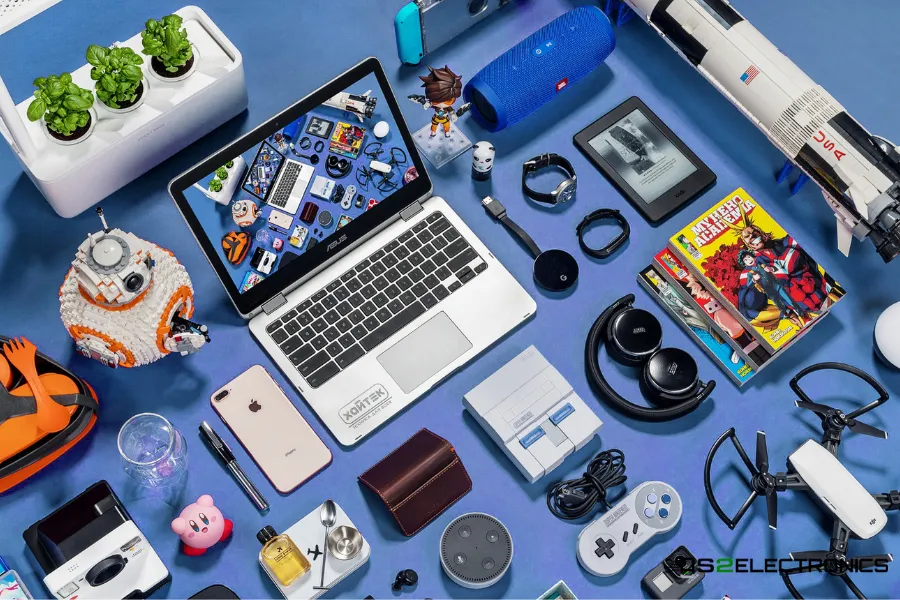In the modern world, gadgets are more than just tools; they are integral to how we live, work, and interact. From smartphones that manage our schedules to fitness trackers that monitor our health, gadgets have become essential to modern living. What started with simple devices has now evolved into an ecosystem of interconnected technologies that have reshaped industries, leisure activities, and personal habits.
But as these gadgets grow smarter and more capable, they raise important questions about their long-term effects, privacy concerns, and how they will continue to evolve. In this article, we’ll explore the current landscape of gadgets, highlighting their impact on various sectors and how innovations are pushing the boundaries of what we thought possible.
1. The Evolution of Personal Devices: From Function to Integration
Personal gadgets have seen a remarkable evolution over the years. Early mobile phones were primarily used for communication, while today’s smartphones are multi-functional devices capable of managing virtually every aspect of our lives. From calendars and social media to fitness tracking and mobile payments, the smartphone is a central hub for many of our daily activities.
However, the smartphone revolution is just the beginning. Wearables like smartwatches and fitness trackers have become staples for many individuals, offering on-the-go access to health metrics, notifications, and even payments. These devices have gradually shifted from being simple extensions of our phones to being independent, powerful tools in their own right.
Moreover, smart glasses such as Google Glass and Apple’s AR glasses are paving the way for augmented reality (AR) to become a part of daily life. These gadgets allow users to overlay digital information on the physical world, offering possibilities in navigation, education, and even gaming. As these devices become more advanced and user-friendly, they’ll likely be a prominent part of future tech ecosystems.
2. The Role of Artificial Intelligence in Shaping the Future of Gadgets
As artificial intelligence (AI) becomes more ingrained in our lives, the role of AI-driven gadgets is rapidly expanding. In the realm of home automation, smart speakers like Amazon Echo and Google Nest are already ubiquitous, offering users the ability to control lighting, music, security, and even household appliances with simple voice commands. These devices are powered by sophisticated AI systems that learn from user behavior, allowing them to become more intuitive over time.
Beyond voice assistants, AI is being integrated into a variety of gadgets to improve user experience. For example, smartphones now utilize AI for features like photo enhancement, facial recognition, and predictive typing. The introduction of AI-powered cameras has made it easier to take professional-quality photos, with features like automatic scene recognition and low-light enhancement becoming standard in high-end models.
In industries such as healthcare, AI is beginning to play an even more important role. Gadgets like wearable ECG monitors and blood pressure cuffs equipped with AI can track a person’s health metrics in real-time, providing valuable insights and alerting users to potential health risks. These advancements are making it easier for people to monitor their health proactively, reducing the need for frequent doctor visits.
As AI continues to evolve, it’s likely that more gadgets will incorporate AI to streamline operations, enhance personal convenience, and provide users with deeper insights into their everyday lives.
3. The Rise of Smart Home Devices: A More Connected World
In the past few years, the smart home sector has exploded, with more consumers seeking to automate their homes for convenience, security, and energy efficiency. The demand for smart thermostats, smart lighting, and security cameras has increased as people look for ways to make their homes more efficient and interconnected.
Devices like Nest Thermostats and Philips Hue smart bulbs allow homeowners to control their living environment remotely, adjusting temperature and lighting settings from their smartphones. These gadgets also integrate with other devices in the home, creating a seamless experience. For example, you can ask your Google Nest Hub to adjust the temperature, turn on the lights, or even start your coffee machine—all with a single voice command.
One of the more exciting innovations in the smart home sector is the rise of AI-powered home assistants. These systems not only respond to voice commands but also predict user preferences based on past behavior. They can automate routine tasks, such as turning on lights when someone enters a room or adjusting the thermostat based on the weather forecast.
As more homes become smart, the role of home automation platforms will continue to grow. In the future, homes could be fully integrated with AI systems that anticipate needs, ensuring that every aspect of daily life is as efficient and comfortable as possible.
4. The Future of Wearables: Beyond Fitness Tracking
While wearables like smartwatches and fitness trackers have become standard gadgets for many health-conscious consumers, the future of wearables is about more than just counting steps or monitoring heart rates. With the advent of 5G technology, wearables are poised to offer even more functionality, such as real-time health monitoring and communication.
Advanced smart rings like the Oura Ring are already capable of tracking sleep, activity, and other health metrics in a compact, non-intrusive design. These types of wearables could eventually evolve to monitor more complex physiological conditions, providing early detection of issues like dehydration or blood oxygen level fluctuations.
Another exciting development in wearables is the integration of augmented reality (AR). Companies like Microsoft and Magic Leap are already testing AR glasses for business and industrial applications. As this technology becomes more refined, consumer versions of AR wearables could be used for everything from entertainment to fitness, offering immersive experiences that blend the physical and digital worlds.
In the medical field, wearables are becoming tools for chronic disease management. Smartwatches and patches that monitor conditions like diabetes and epilepsy can alert users and healthcare providers when intervention is needed, improving overall patient outcomes. As these devices become more sophisticated, the future of wearables looks set to dramatically improve personal healthcare management.
5. The Impact of Electric Vehicles and Smart Transportation Gadgets
The electric vehicle (EV) revolution is a prime example of how gadgets are shaping the future. With concerns over climate change and the environment, there is a growing demand for clean, sustainable transportation options. Electric cars, e-bikes, and electric scooters are gaining popularity, driven by advancements in battery technology and government incentives.
Tesla, the leader in the EV market, has redefined the car industry with its electric cars that incorporate advanced technologies such as autopilot, smart navigation, and battery management systems. These features not only reduce the environmental impact of driving but also offer a higher level of convenience and safety for consumers.
Moreover, electric bicycles and scooters have become an essential part of urban transportation, offering eco-friendly alternatives to traditional vehicles. These electric mobility devices are equipped with smart features like GPS tracking, speed control, and app connectivity, making them more efficient and user-friendly.
The future of smart transportation lies in the integration of these electric vehicles with AI and smart city technologies. With the advent of autonomous driving and connected transportation networks, we can expect to see more efficient, safer, and greener ways of getting around.
6. The Challenges of Privacy, Security, and Sustainability in the Gadget World
As gadgets become more advanced, the concerns surrounding privacy and security continue to grow. The data collected by smart devices—whether it’s health data, location information, or personal preferences—raises serious questions about how this data is stored, used, and protected. Cybersecurity becomes increasingly important as more devices are connected to the internet, creating potential vulnerabilities for hackers.
Manufacturers are under pressure to ensure that user data is encrypted, anonymized, and protected from unauthorized access. End-to-end encryption, biometric authentication, and other security measures are becoming standard features in many devices to safeguard personal information.
Another significant challenge is the environmental impact of gadget production and disposal. The rapid pace of technological advancement means that devices become obsolete quickly, leading to growing amounts of e-waste. Manufacturers must explore ways to produce more sustainable gadgets, using recyclable materials and offering trade-in programs to help reduce waste.
As the demand for gadgets continues to grow, balancing innovation with responsibility will be essential for both manufacturers and consumers alike.
Conclusion: The Future of Gadgets in a Connected World
The future of gadgets is incredibly exciting. From smarter homes and wearables to electric vehicles and AI-powered devices, technology is transforming every aspect of our lives. As these gadgets become more interconnected, we can expect even greater convenience, efficiency, and innovation.
However, with these advancements come challenges. Privacy concerns, security issues, and environmental sustainability will require ongoing attention and action. By developing smarter, more sustainable technologies and adopting ethical practices, we can ensure that the gadgets of tomorrow not only enhance our lives but also contribute to a better, more sustainable world.


